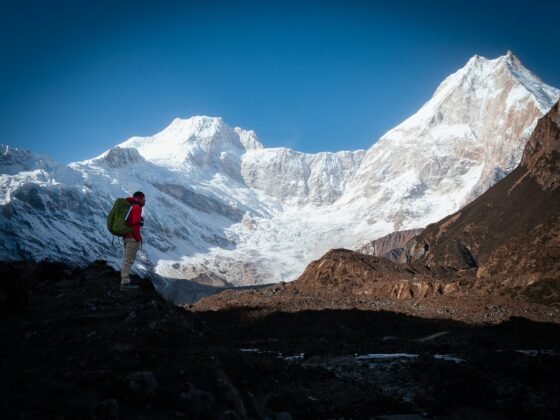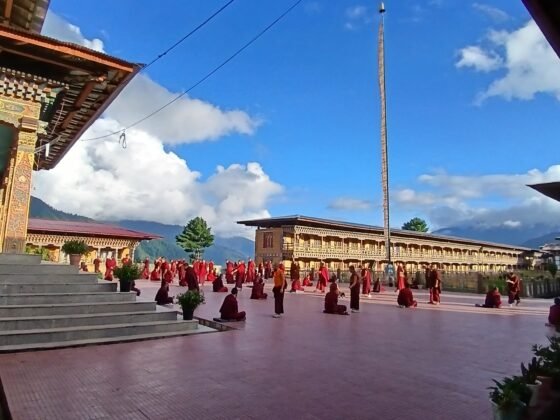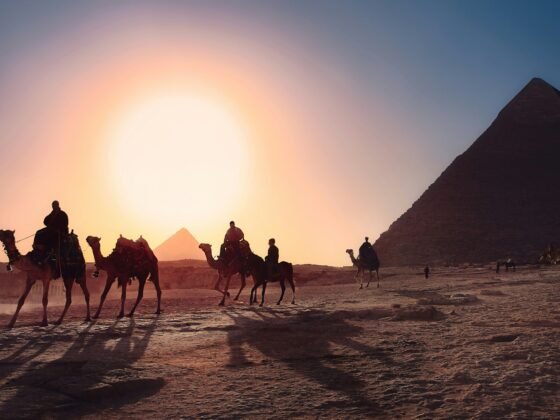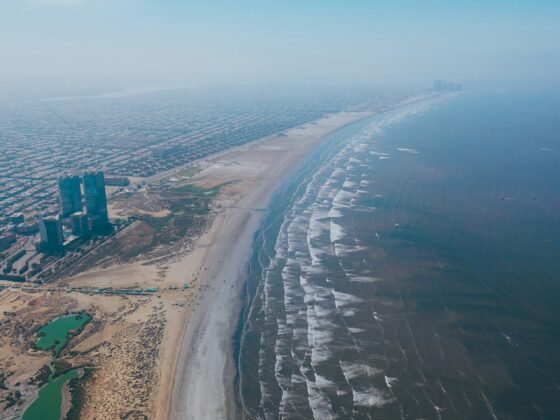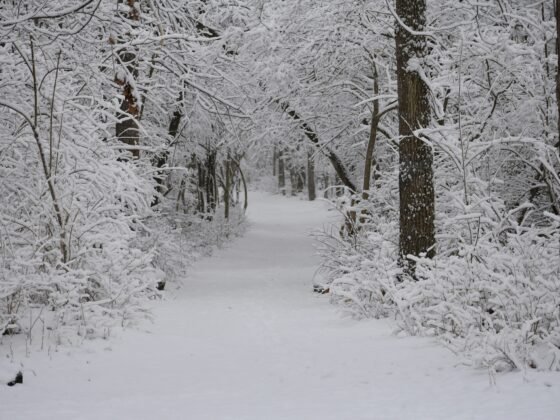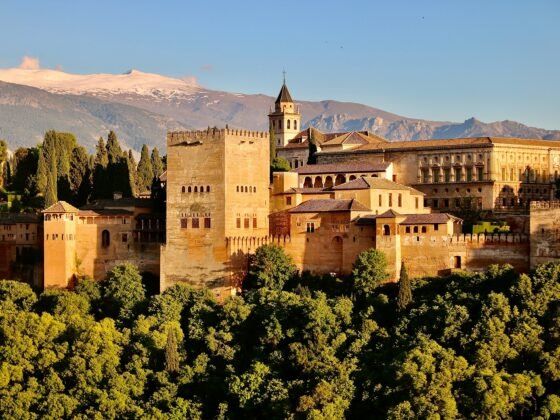The charm and mystique of the Himalayas awaits: discover lush meadows, glistening lakes, snow tipped peaks, challenging mountain trails, twinkling glaciers and diverse flora and fauna. It’s time to lace up your boots and embark on one of these amazing treks in the Indian Himalayas.
Garhwal, Uttarakhand
Hike the rugged mountain ranges that typify the Uttarakhand region, where vast alpine meadows merge into gushing rivers and quaint valleys. The biggest peak within Garhwal is the Trisul III in the Nanda Devi region which rises to 6,008 meters. The best trek is along the Kalindikhal trail which reaches a height of 5,950m, making it one of the most challenging in the mountain chain, yet also very rewarding. For a relatively short trek within the Garhwal Himalayas, try the Deoriatal Chopta Trek which navigates meadows and lakes in under a week, before peaking at 3,950m with stunning views over the surrounding peaks. Garhwal is also home to the mighty Gangotri Glacier, which is one of the sources of the highly revered Ganges River. Due to the close proximity with Tibet you will need a local guide.
Ladakh, Jammu and Kashmir
The Ladakh area of the Himalayas lies within the Jammu and Kashmir state, which is starting to open up to travellers once more. The area is made up of sprawling desert at an altitude of 3,000 meters and the sparse landscape is punctuated with ancient monasteries. Tackle the moderate Markha Valley Trek or challenge yourself with the Markha Valley Trek which takes in a 6,000 meter peak. This area provides awesome vies of the mighty Karakoram mountain range. And it’s the perfect location to add a stop in Srinagar on your homeward journey.
Sikkim
Sikkim state offers hiking in a serene and picturesque setting, where the landscape it typified by lush forest and dazzlingly bright rhododendron shrubs. At all times your eyes will be on the huge Kanchenjunga Mountain – which is the third highest in the world at 28,169 feet (8,586 meters) tall. The first ascent was made on 25 May 1955 and ever since travellers have been rapt by the mysticism. The moderate Singalila trail is a great introduction to the area, which is dominated by West Bengal’s most prominent peal; Sandakfu which rises to 3,636 meters (12,400 feet). There are also more gentle walks available through Darjeeling’s serene Singalila National Park which this region borders.
Spiti, Himachal Pradesh
The rather romantically named Spiti, which means ‘middle land’, refers to its location nestled between Tibet and India. In the northeast area of Himanchal Pradesh the area is made up of ancient valleys and awe-inspiring peaks. At an elevation of 4,000 meters, there are many trails for abilities, many of which are largely unexplored. Here the cultural heritage contained within the small settlements is as much of a draw as the trekking itself. Hike the Spiti River trail which leads Kunzam mountain range. Explore the monasteries of Dhankar, Mud, Gungri and Hikim and admire the local Buddhist monuments.
Kumaon, Uttarakhand
Along with the better known region of Garhwal (see above) Kumaon makes up the state of Uttarakhand. This is where the British hunter Jim Corbett plied his trade before turning towards conservation. Indeed the Jim Corbett National Park in Nainital, Uttarakhand was named in his honour in 1957. Kumaon is famed for its number of peaks in a relatively small area; there are more than thirty peaks that surpass 5,500 meters. Embark on the Gangotri trail which is a moderate trek that explores the source of the Ganges. Follow the trail though the Valley of Flowers National Park which is resplendent in the springtime, and head towards the Satopanth Lake. Since 1988 Nanda Devi and the National Park has been a UNESCO world heritage site, and was first discovered in 1931 by British mountaineer Frank S Smythe.




